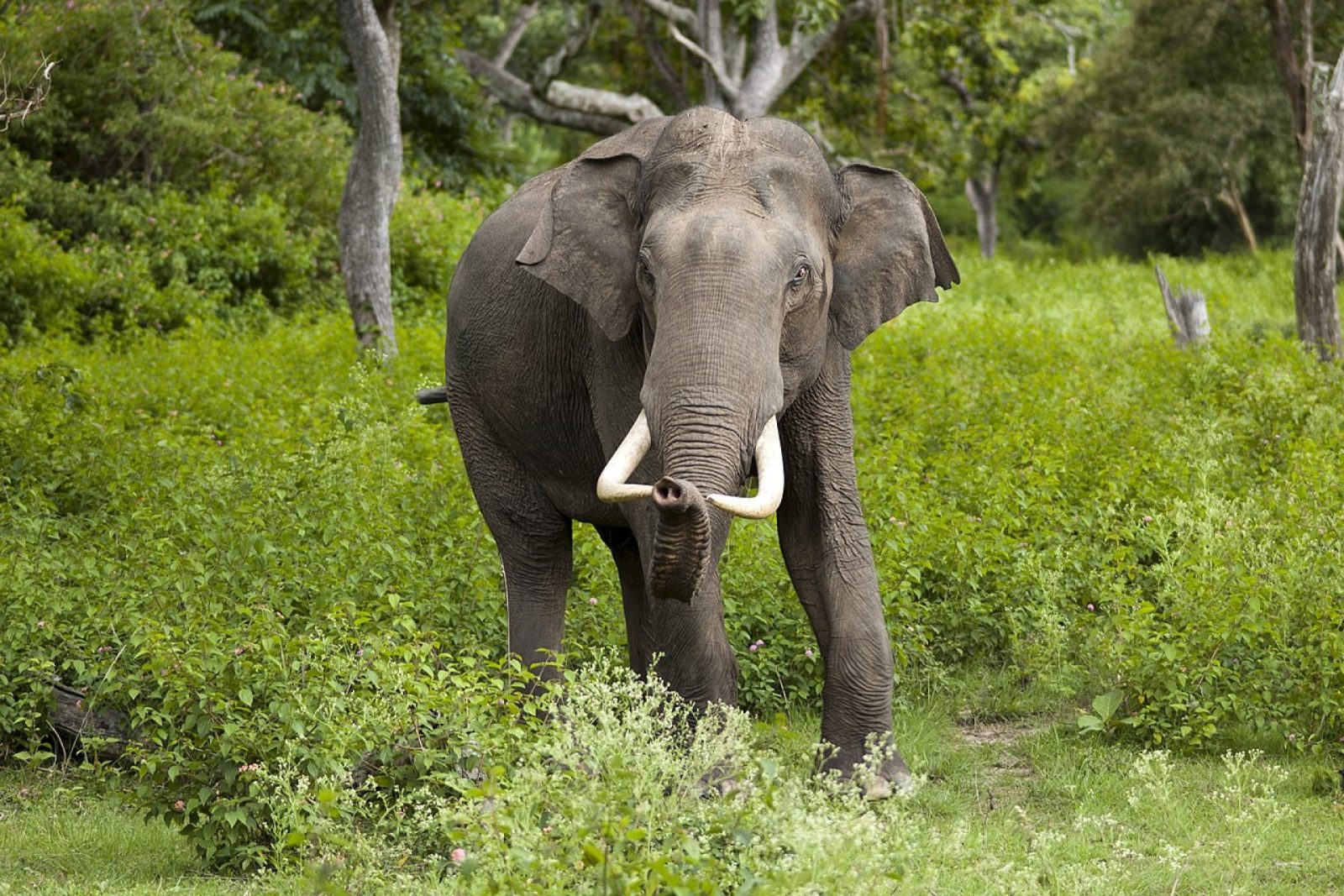Asian elephant

The Asian elephant is the third elephant species that still lives in the wild.
There are four subspecies of the Asian elephant which are the Indian elephant the Sumatran elephant, the Borneon elephant and the sri lankan elephant. While the elephant species of Asia are considered one species, many have been split for quite some time.
- Indian elephant – the Indian elephant has a current estimated elephant population of 20,000-25,000 (from last year). This is down from a population of 40,000-50,000 just 20 years ago. These are spread across 33 reserves in India, spread across 14 states. Cambodia, China, Laos Malaysia Myanmar, Thailand and Vietnam. There is enough space for this number to grow significantly if only allowed the space.
- Sri lankan elephant – 2100-3000. It is the largest subspecies, and most are easily picked out, given the fact that they have areas of their skin without coloration. There is significant conflict, which really requires a change in how to manage them – conflict is not only bad for the elephants, but also for the people. Wild elephants are also worth a great deal in tourism, and if managed well it can raise the living standards of those who live nearby.
- Sumatran elephant – 2400-2800 remain, with around 25 scattered fragmented habitats remain. Over 69% of the Sumatran elephant habitat has been lost in the last 25 years.
- Bornean Elephant – around 1500 remain in the wild, and are generally called pygmy elephants. They have lost 60% of their range in the last 40 years.
As we add links, to see each species we will list these at the bottom of the page. It is also possible that each of these subspecies will have to be split up onto separate pages in the future. These subspecies are often endangered, and the biggest difference that we can make, is to show the people who live alongside these animals, that they are worth money. The easiest way to do this is through tourism. As these links grow, we will separate out the subspecies.
African forest elephants are now considered critically endangered, and African savannah elephants endangered, are the Asiatic elephants safe? And are we killing one of the few hopes humanity has? A guide to what remains
- Tim
- May 29, 2023
One of the four remaining viable west African Lion habitat has been badly treated but perhaps it is now on the mend.
- Tim
- May 22, 2022
Tigers are still moving between reserves, we must make it easier
- Tim
- April 8, 2022
Sri Lankan elephants are visiting landfill sites
- Tim
- April 28, 2021
African forest elephants are now considered critically endangered, and African savannah elephants endangered, are the Asiatic elephants safe? And are we killing one of the few hopes humanity has? A guide to what remains
- Tim
- May 29, 2023
Positive news from Borneo – reconnecting wilderness
- Tim
- July 20, 2023
African forest elephants are now considered critically endangered, and African savannah elephants endangered, are the Asiatic elephants safe? And are we killing one of the few hopes humanity has? A guide to what remains
- Tim
- May 29, 2023
Two more elephants found dead in Sumatra
- Tim
- November 25, 2019
Species watch
- Tim
- May 11, 2022
Two more elephants found dead in Sumatra
- Tim
- November 25, 2019
African forest elephants are now considered critically endangered, and African savannah elephants endangered, are the Asiatic elephants safe? And are we killing one of the few hopes humanity has? A guide to what remains
- Tim
- May 29, 2023
Snares set by poaching are still threatening Sumatran Rhino, now with only about 80 left
- Tim
- November 25, 2020
Sumatra is building good motorways across the island leading to the photo of a Sumatran tiger on the edge of the new motorway
- Tim
- March 21, 2020
Positive news from Borneo – reconnecting wilderness
- Tim
- July 20, 2023
Species watch
- Tim
- May 11, 2022
Indonesias leading University has proposed classifying Palm oil as a forest crop – This is insane, read on to find more – urgent condemnation needed
- Tim
- January 11, 2022
Can Tesso National Park in Indonesia be saved and restored?
- Tim
- July 15, 2018
News in brief – Wall on Denmark border, Cleanup of Tesso Nillo, Great Pacific Garbage patch, Columbia highway, Leopards to control Rabies
- Tim
- March 26, 2018

